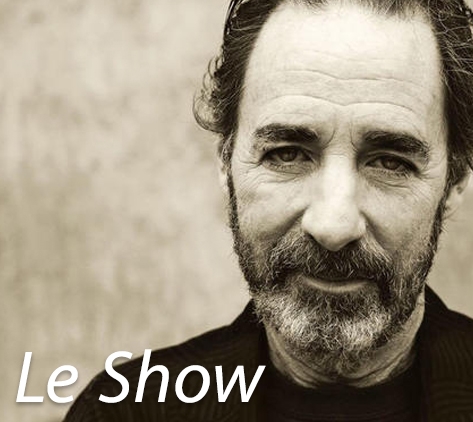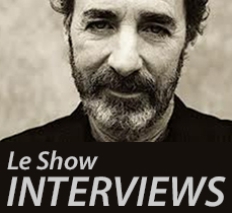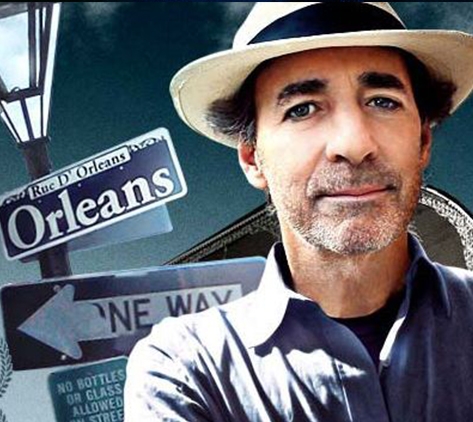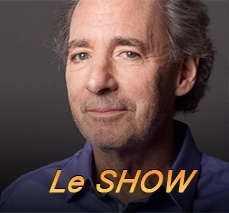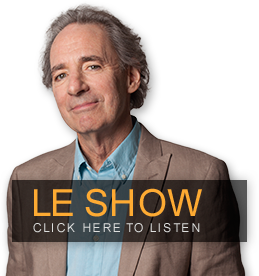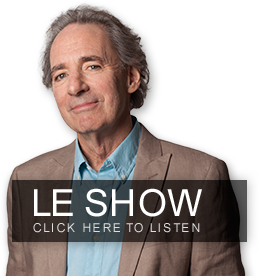12.14.25
December 14, 2025
This week on Le Show, Harry Shearer sings 'Stop Living In The U.S.A.' by The Stephen Miller Band. Plus, News of AI, What the Frack?, News of Microplastics, News of the Godly, The Side Effects of the Week, The Apologies of the...
Read full story
12.07.25
View more posts +
December 07, 2025
This week on Le Show, Harry Shearer sings 'American Bitcoin.' Plus, Donald Trump's Truth Social Audio, Smart World, News of Forever Chemicals, News of the Atom, News of Musk Love, News of Crypto Winter, The Apologies of the Week, and more! Listen to...
Read full story